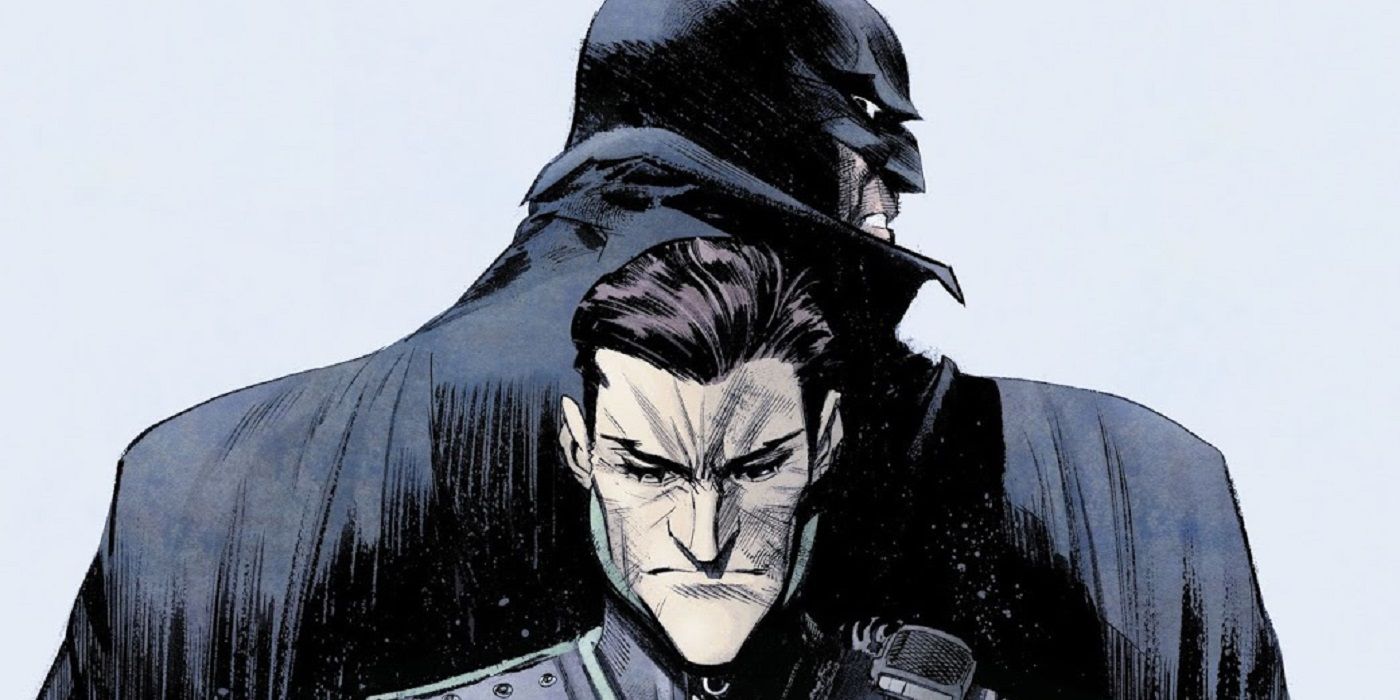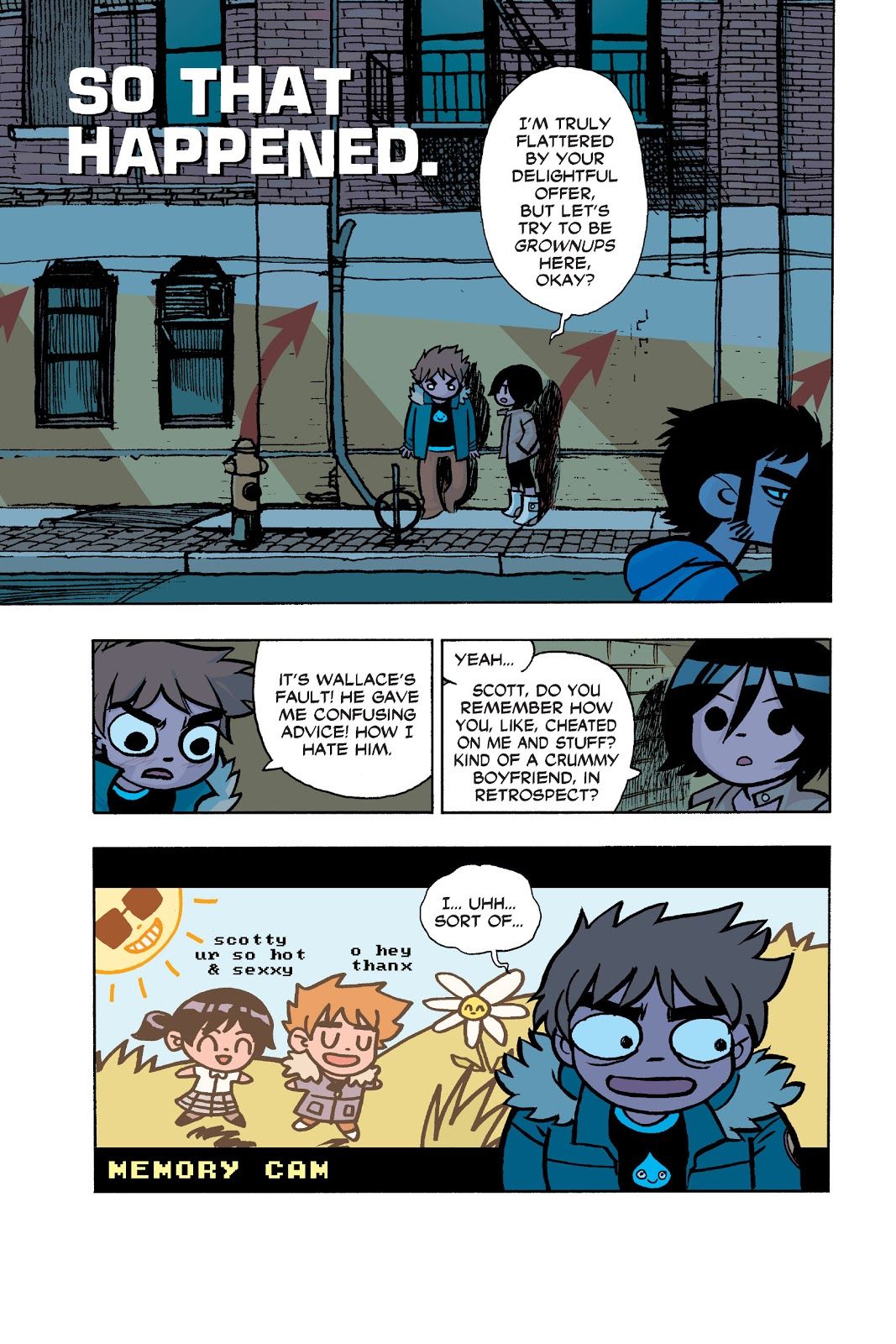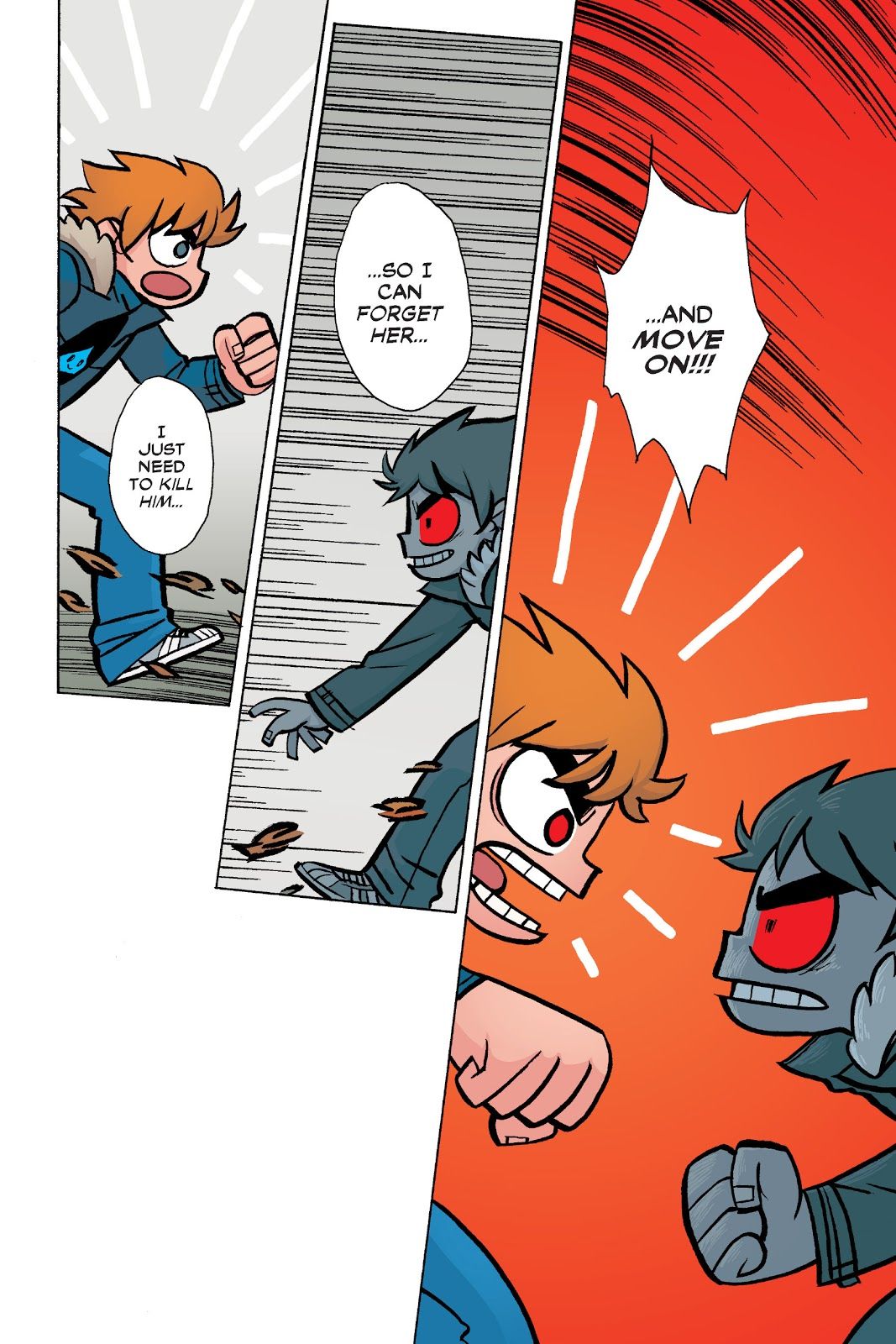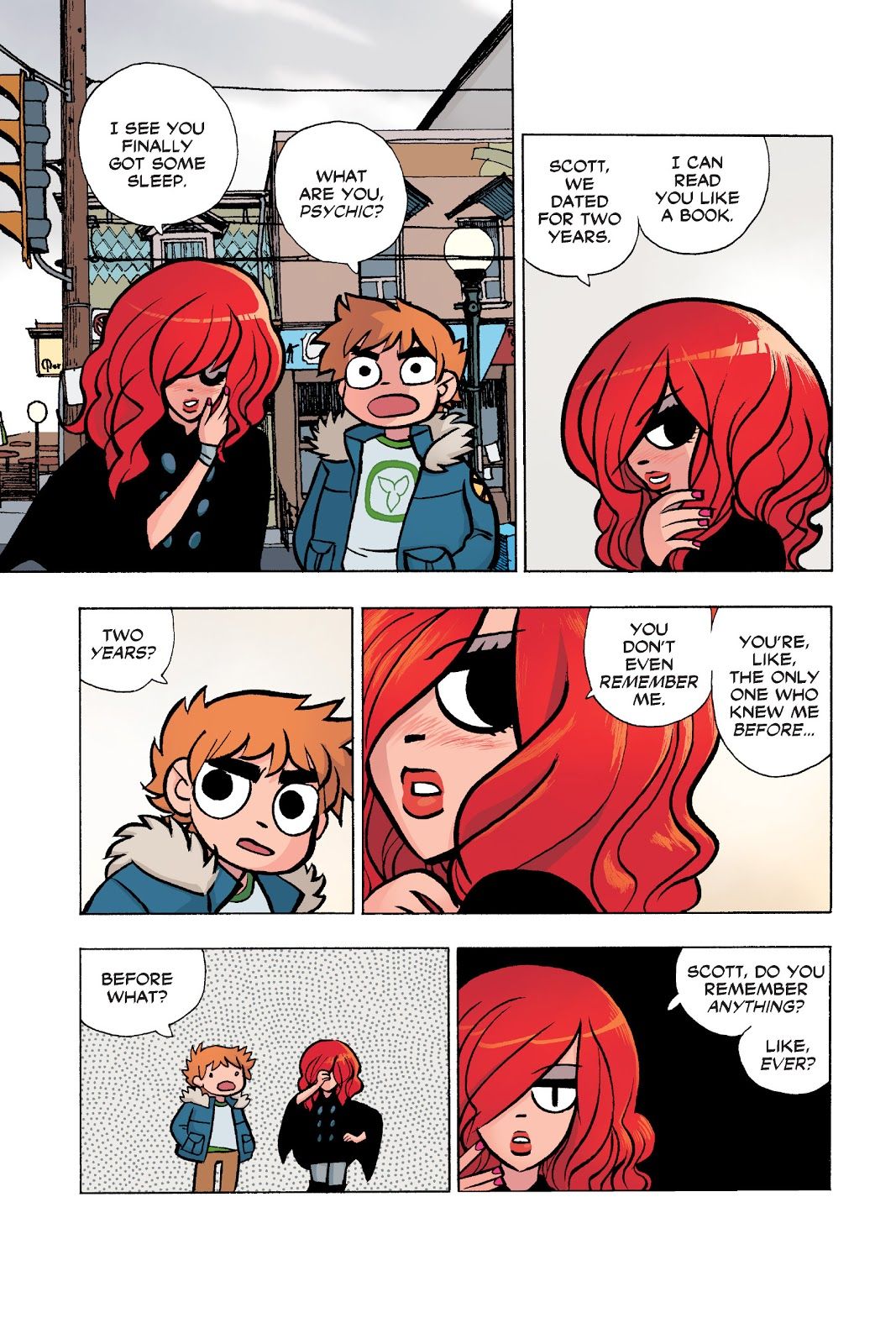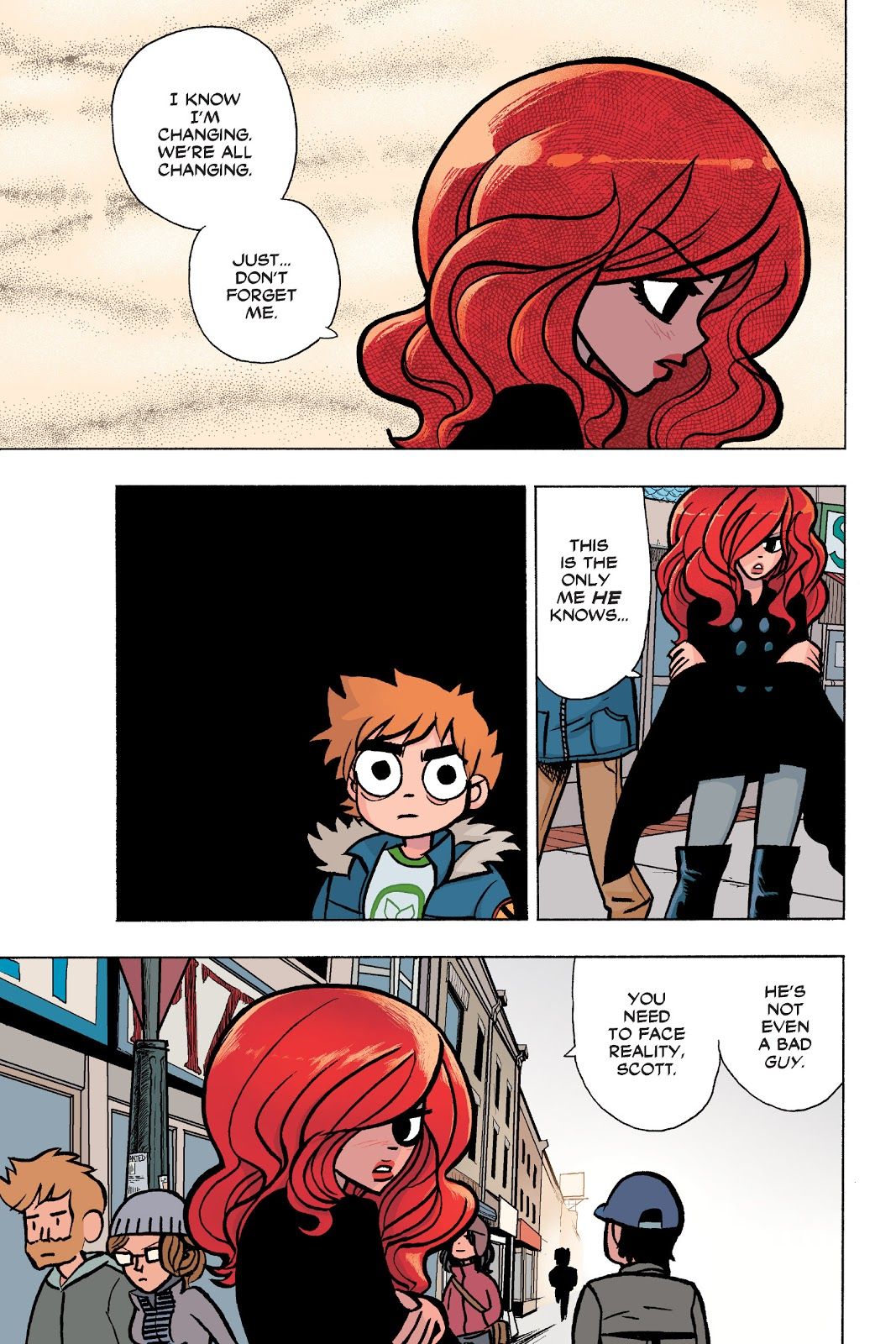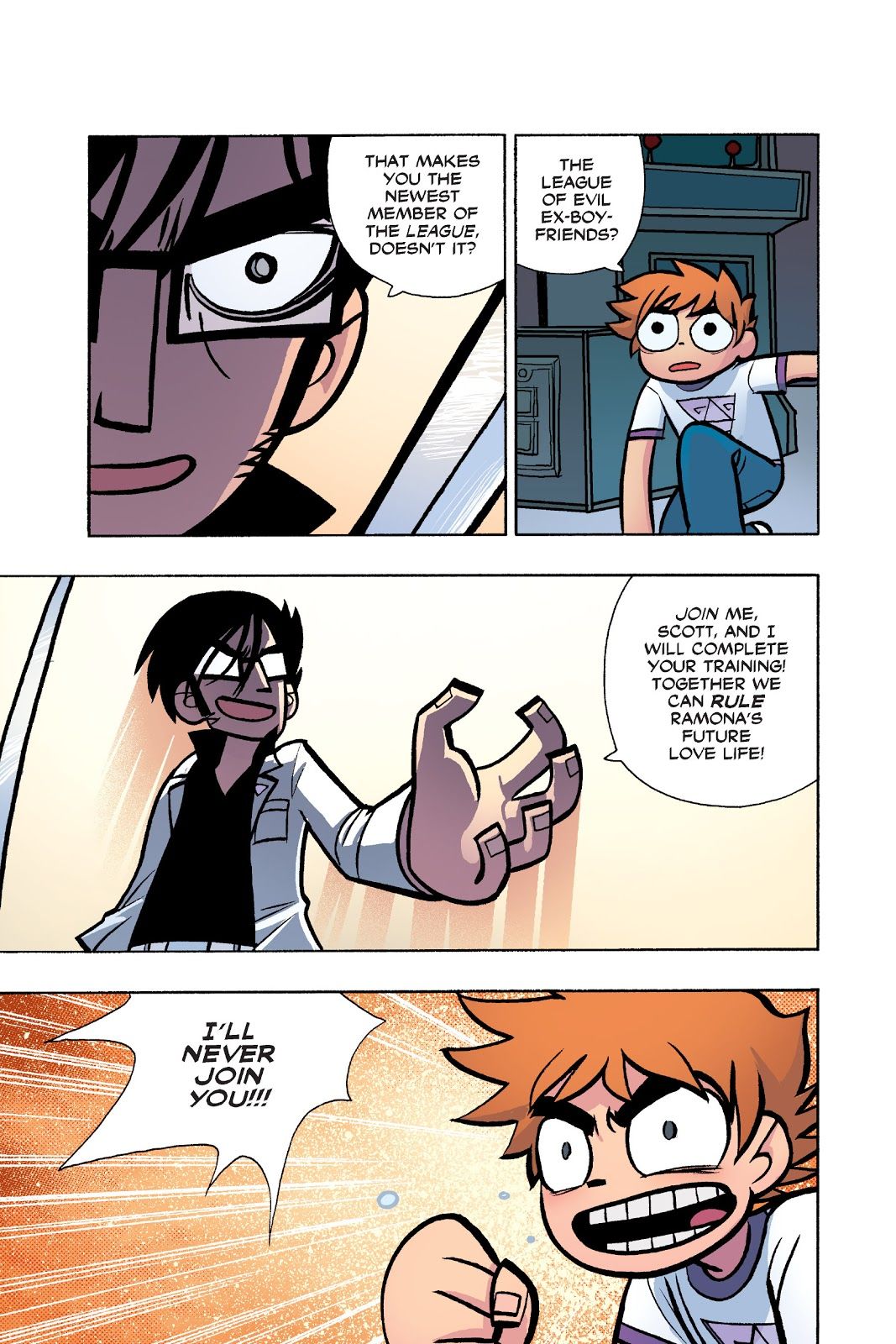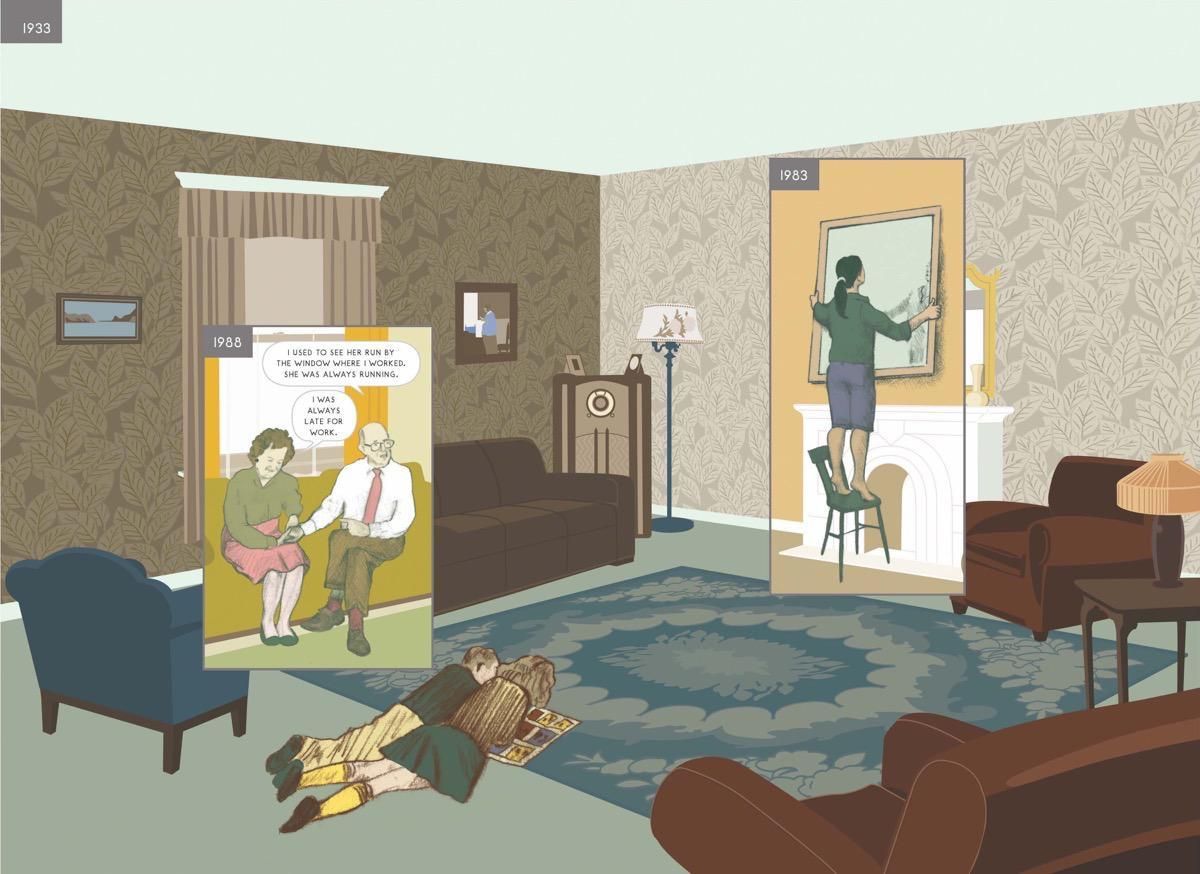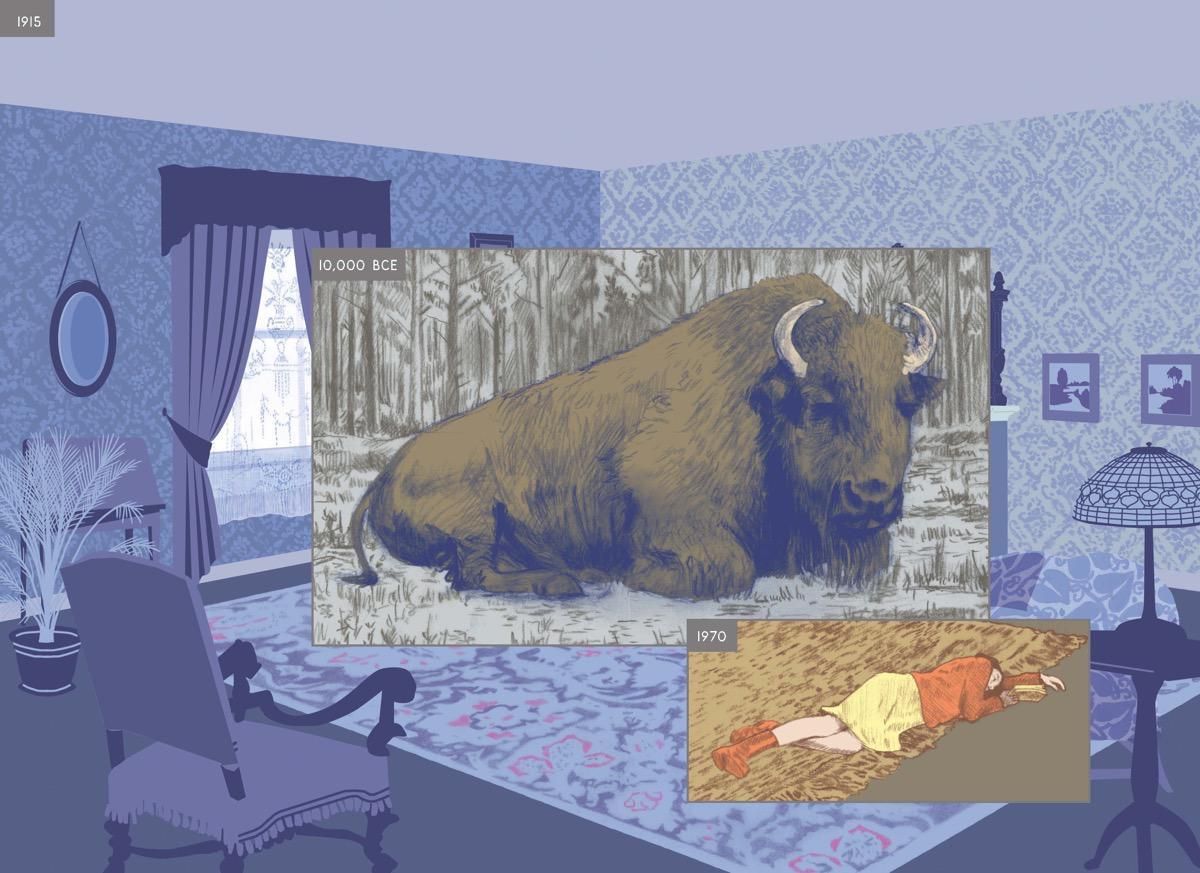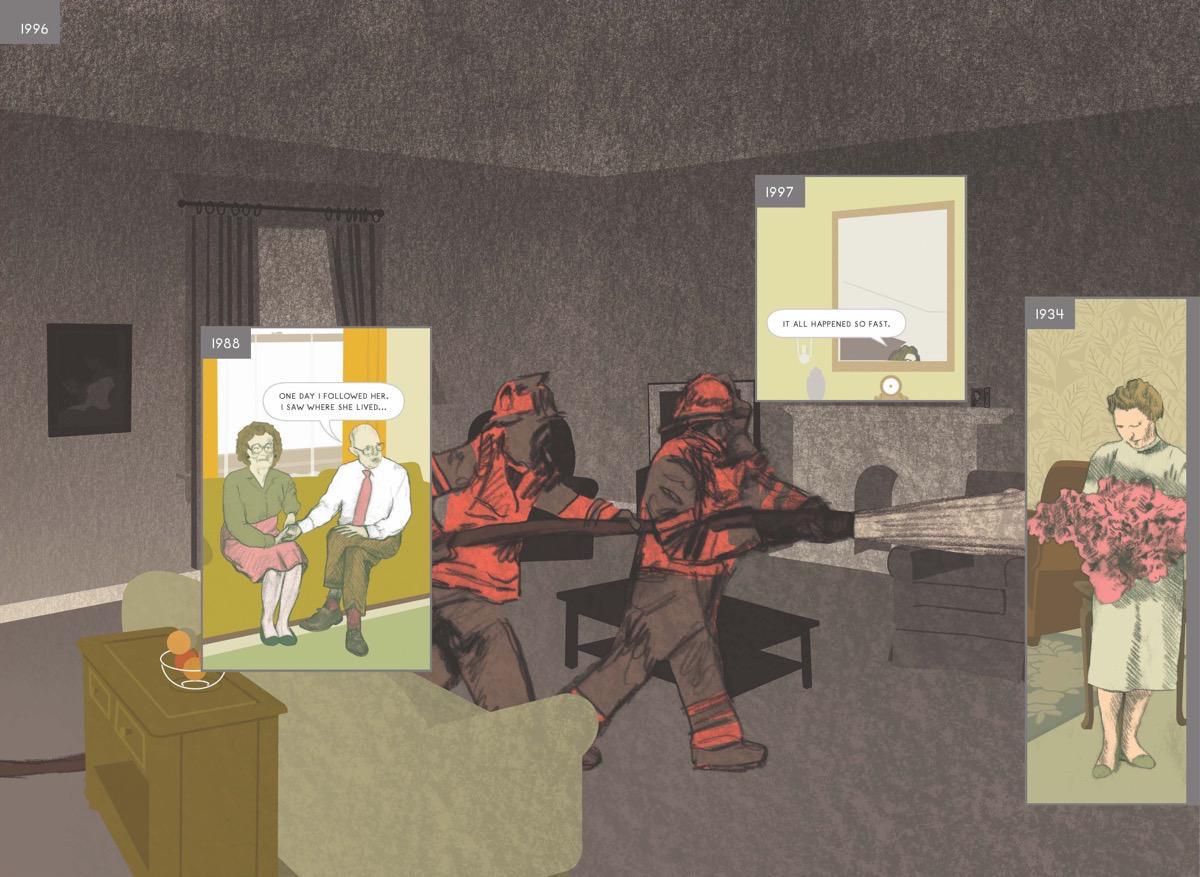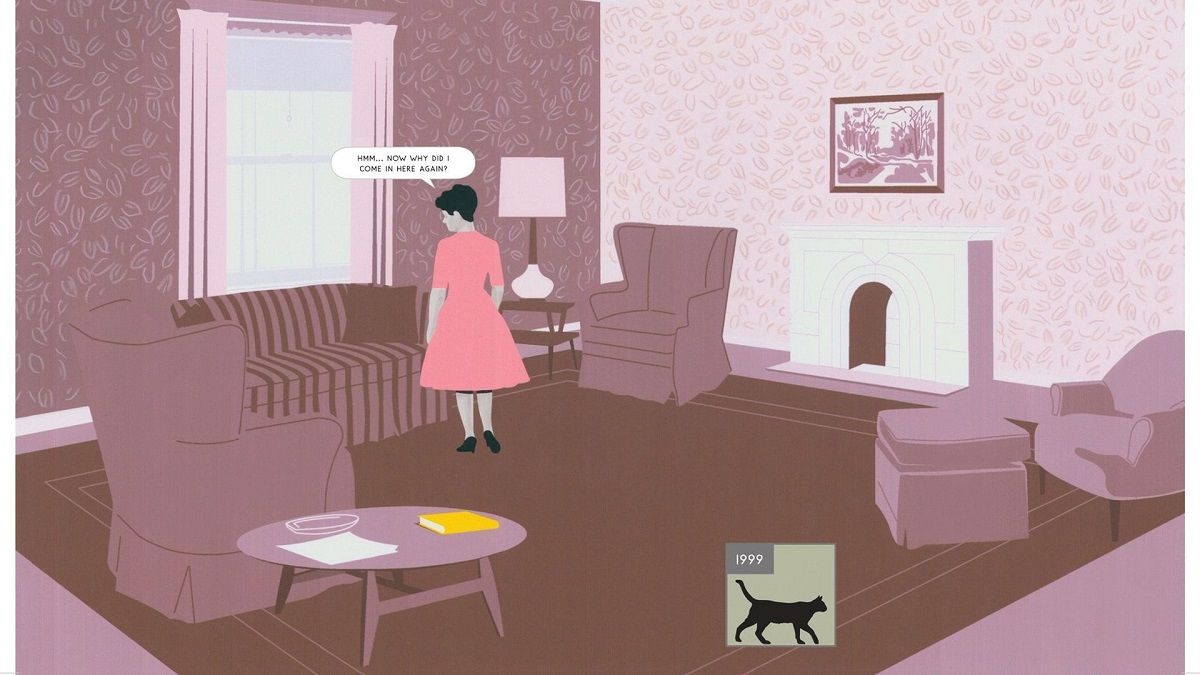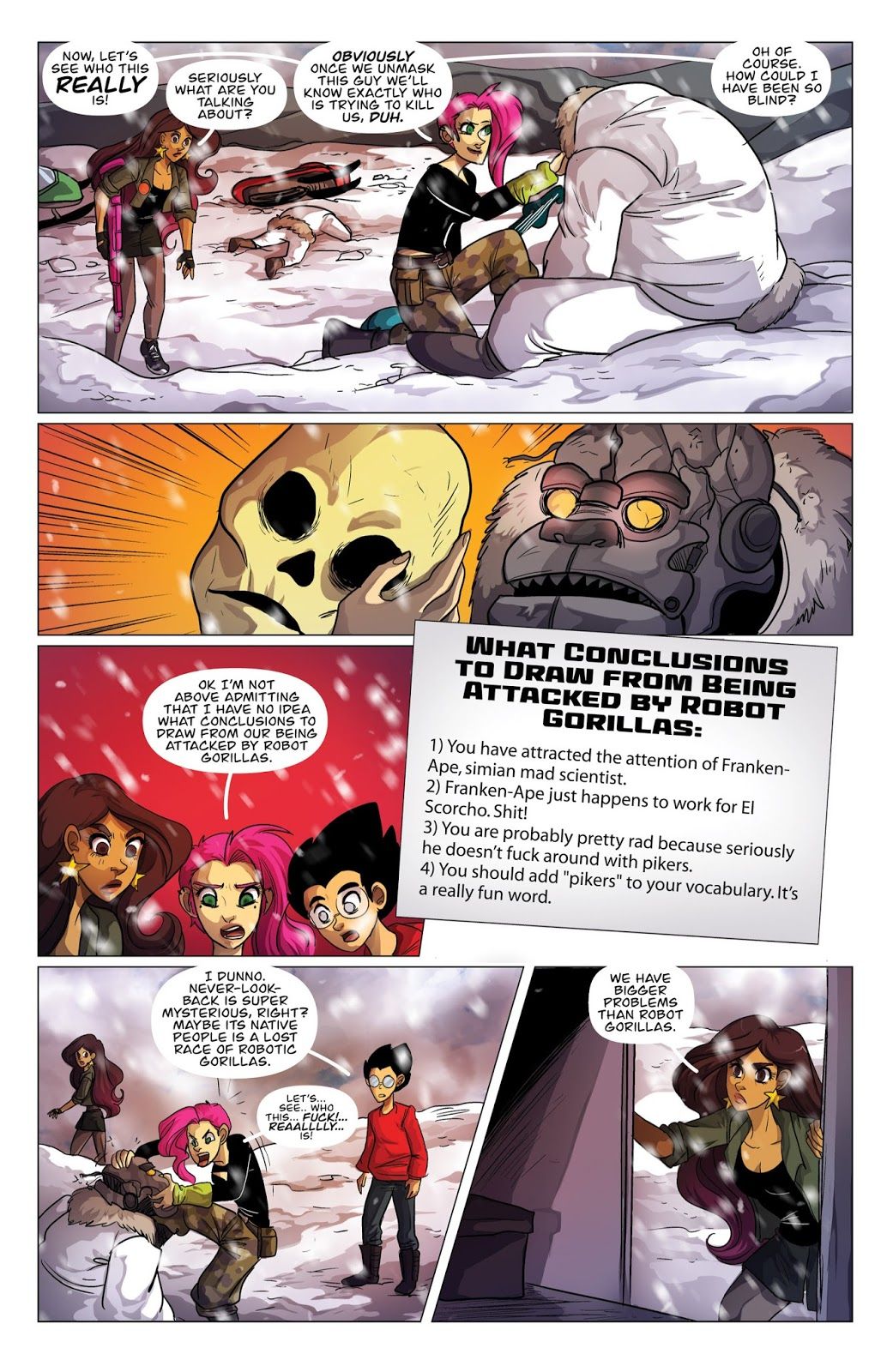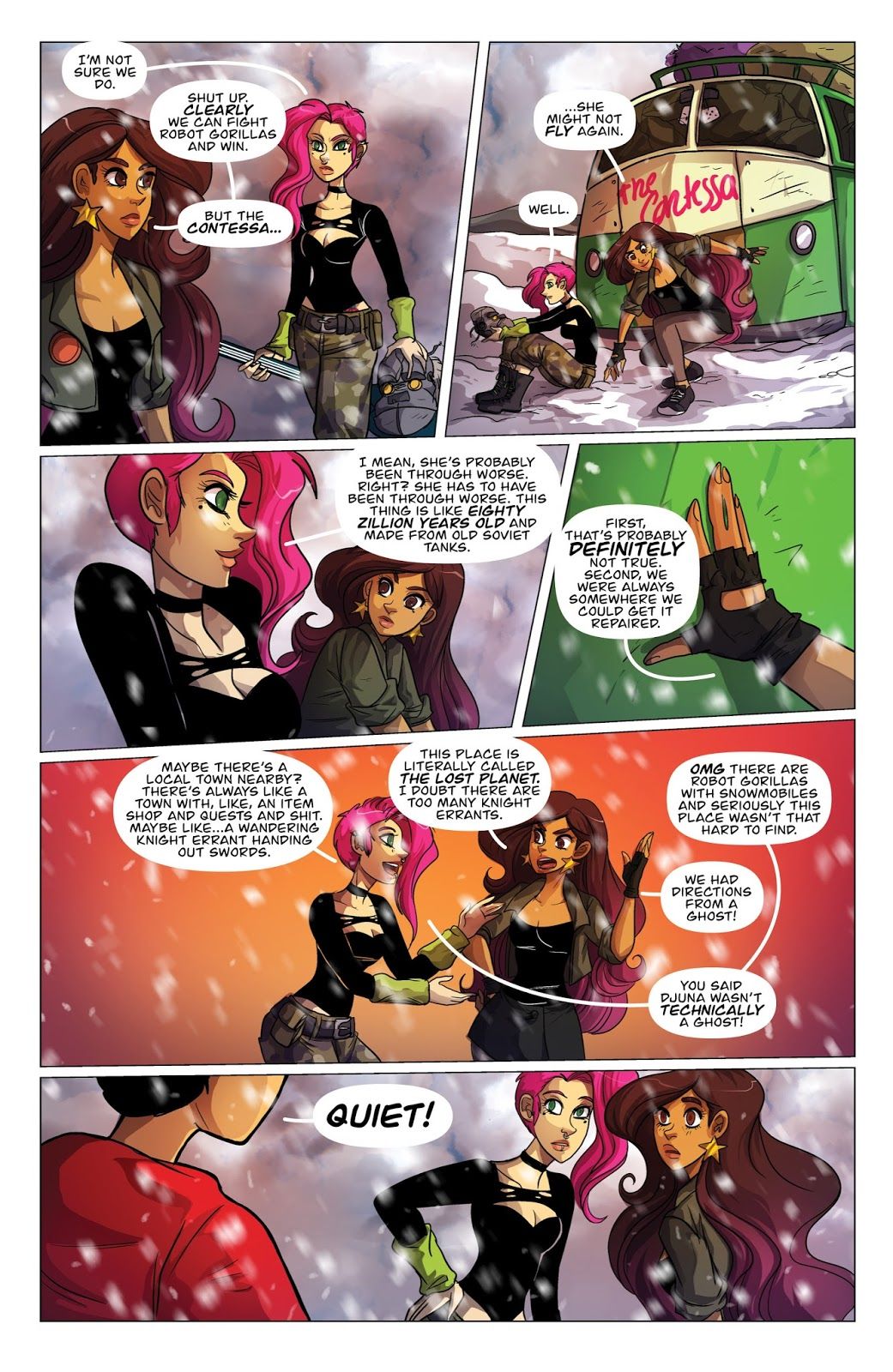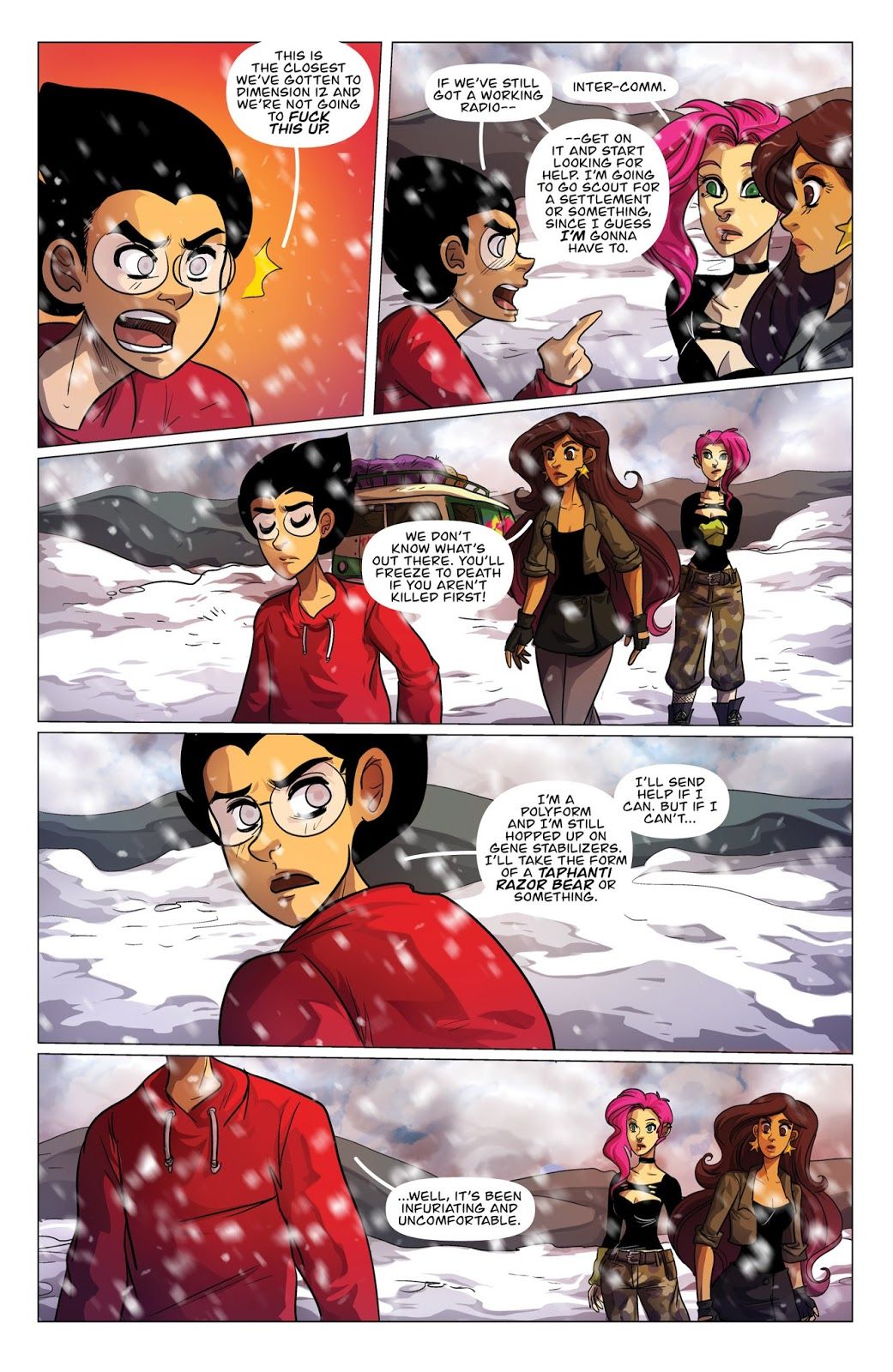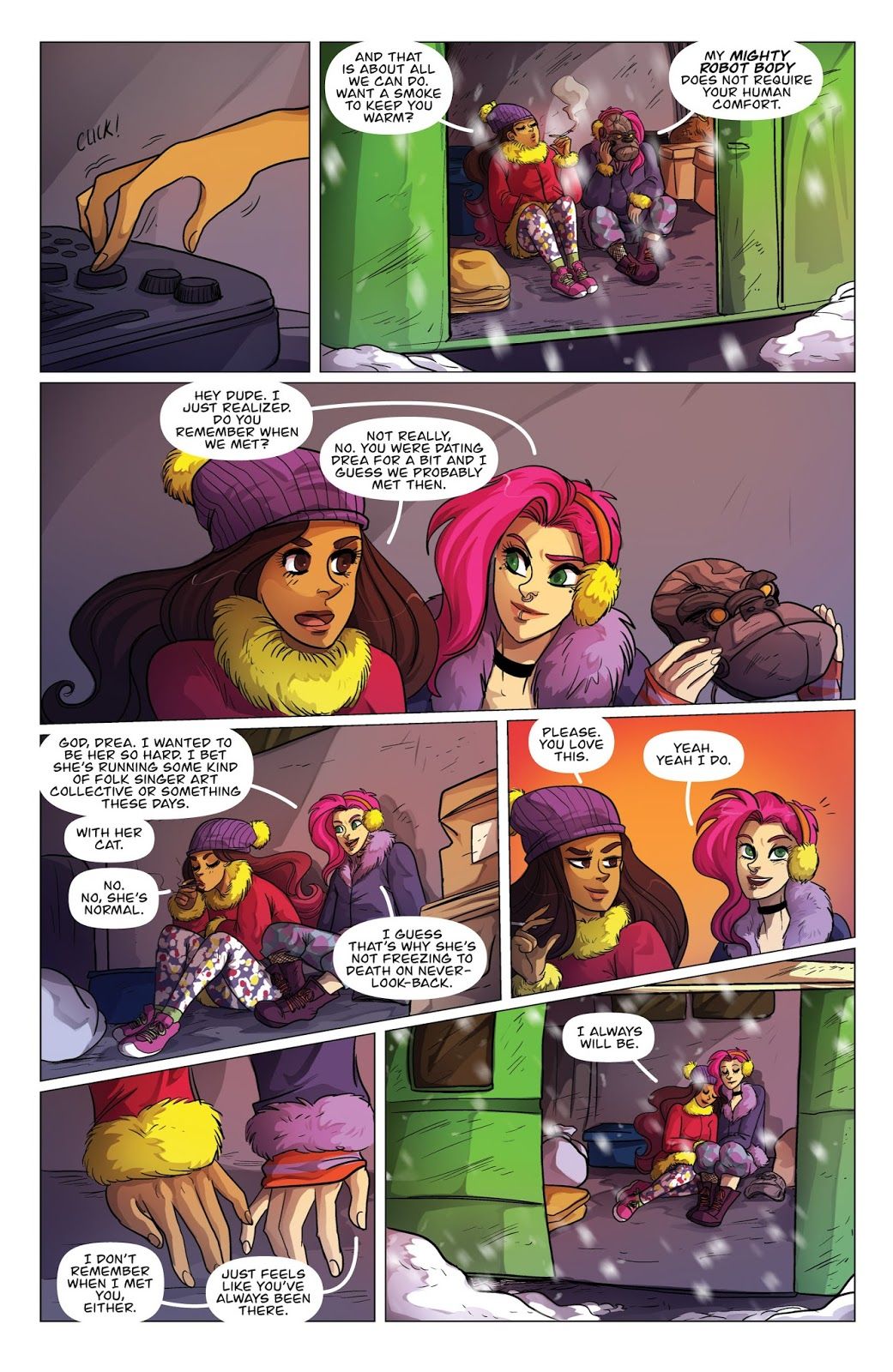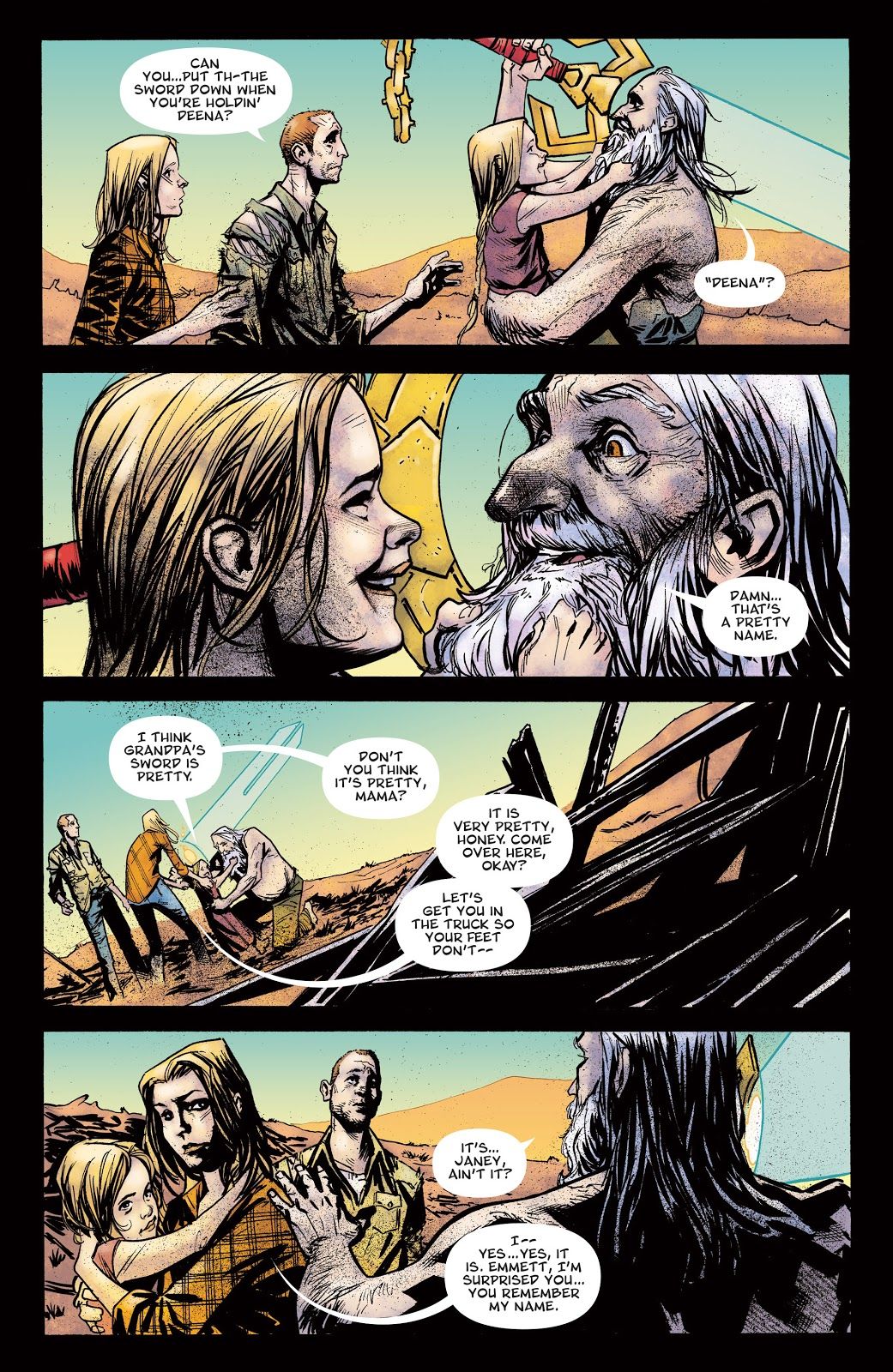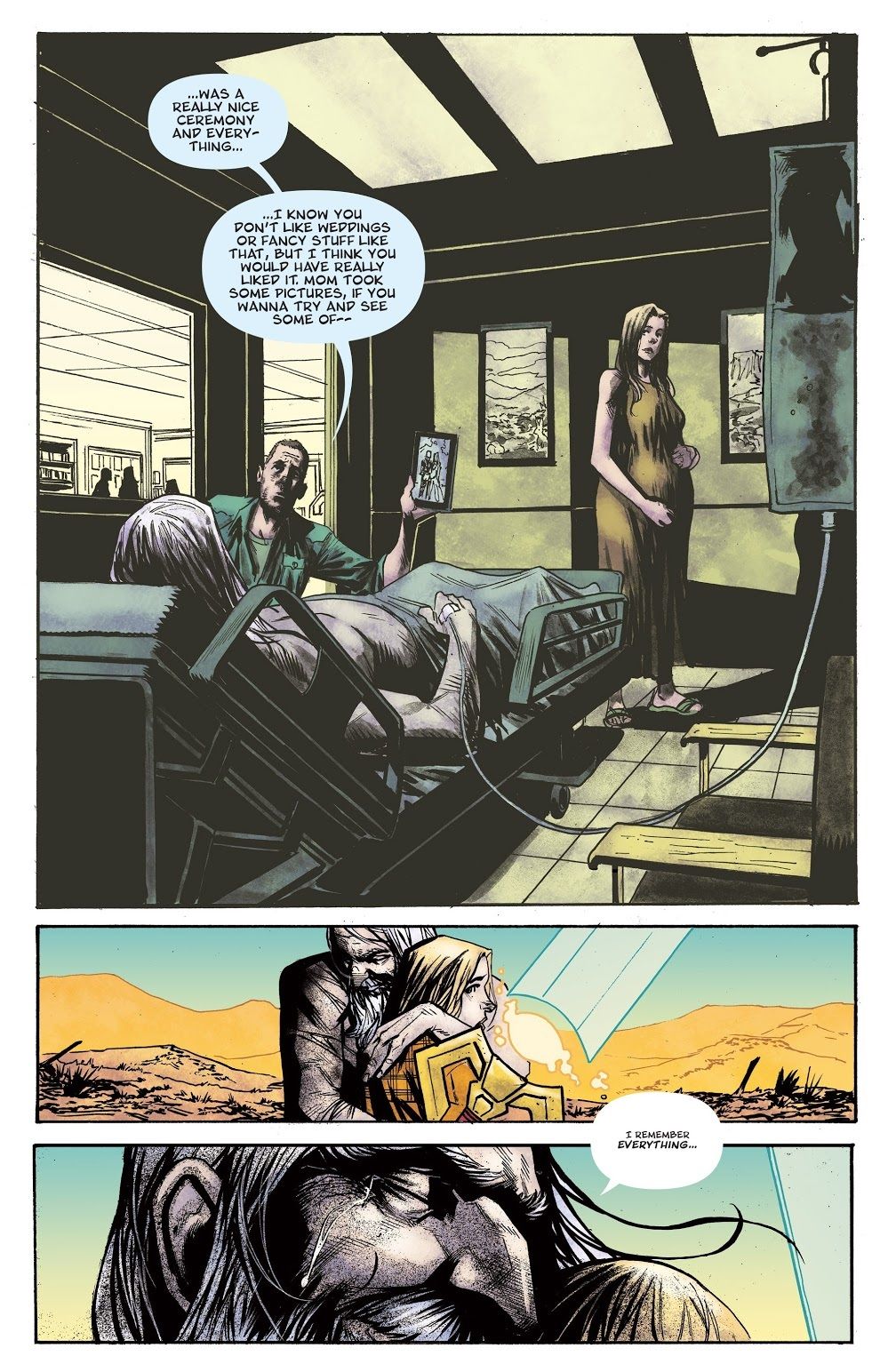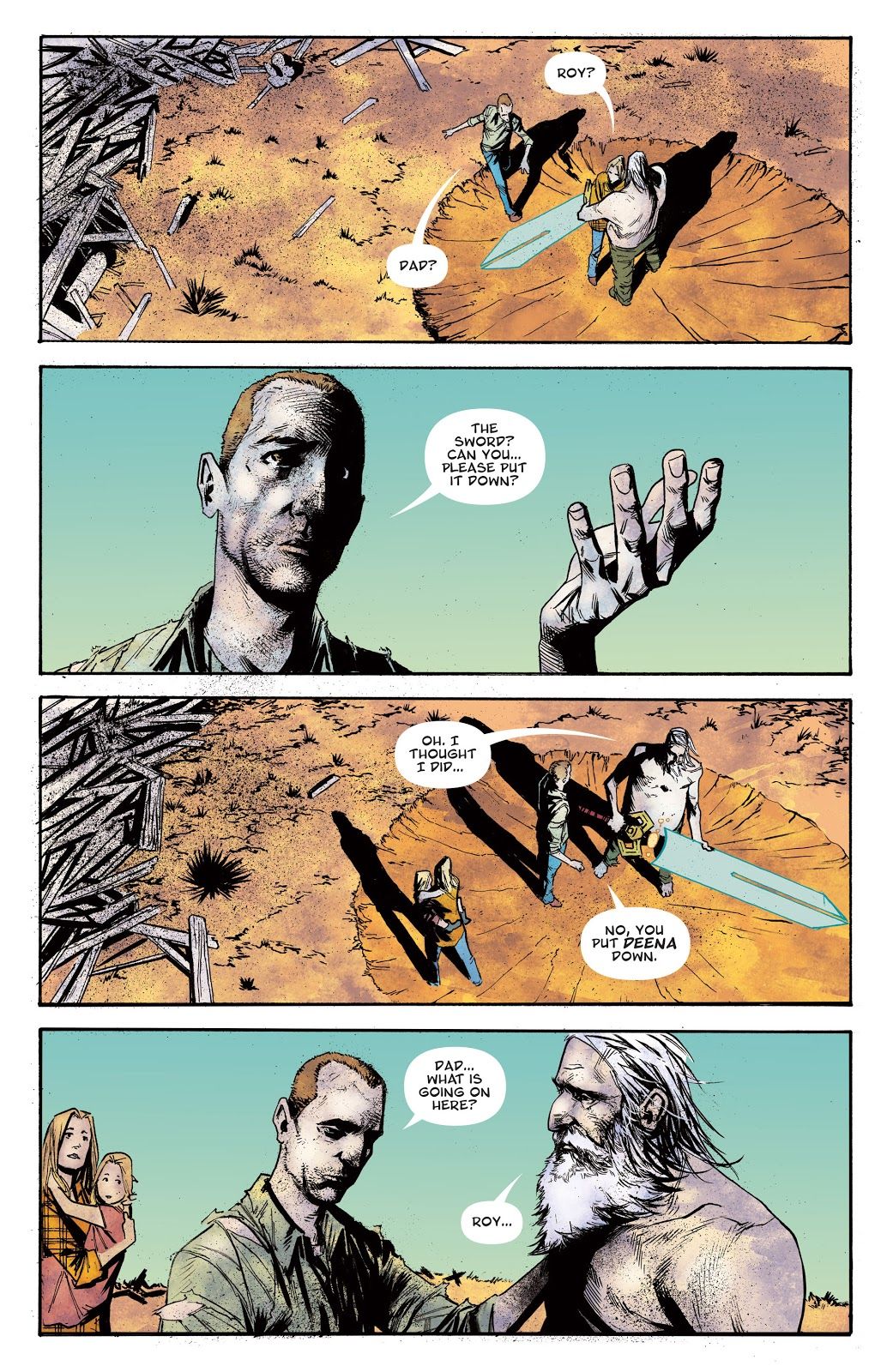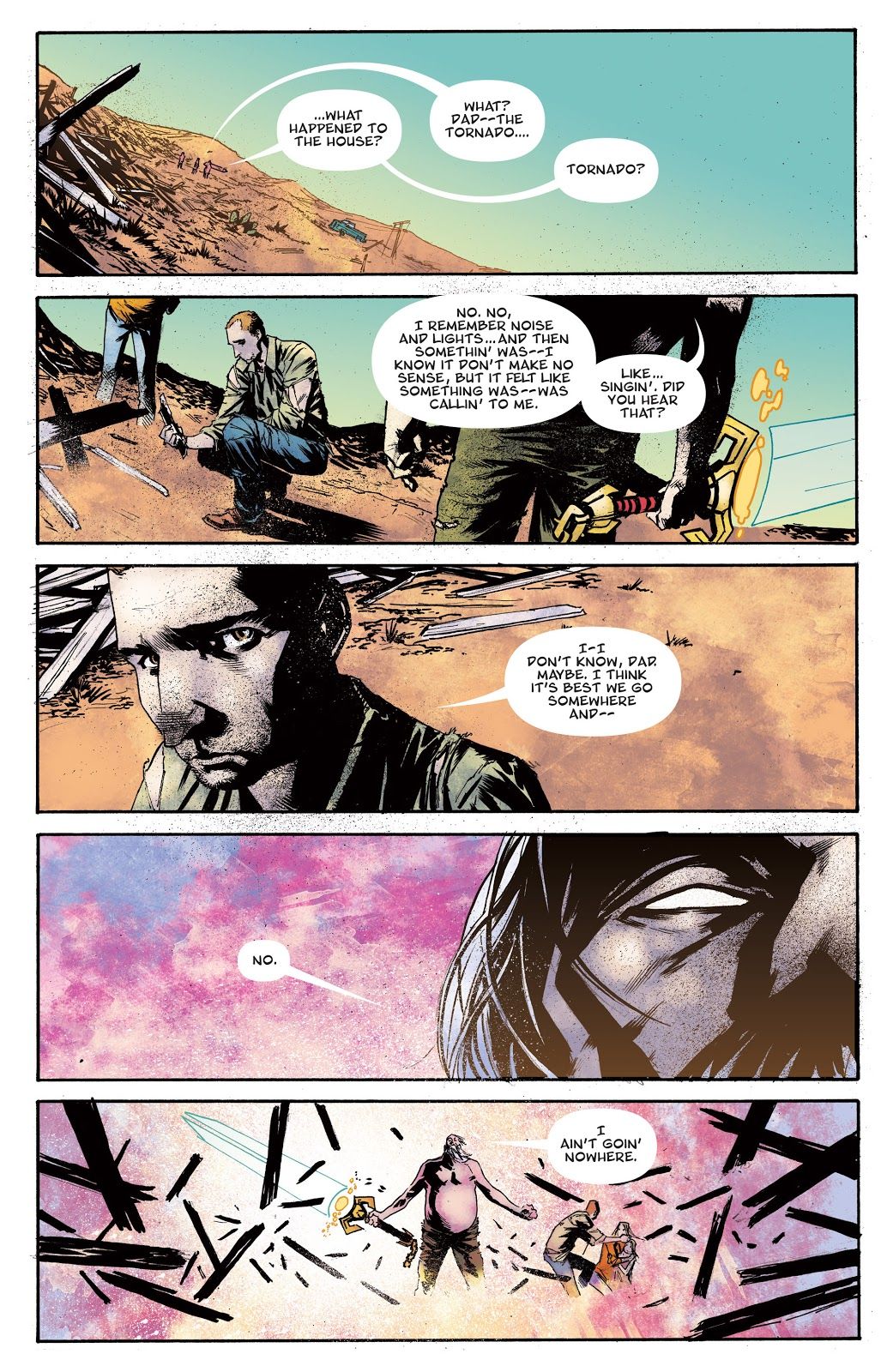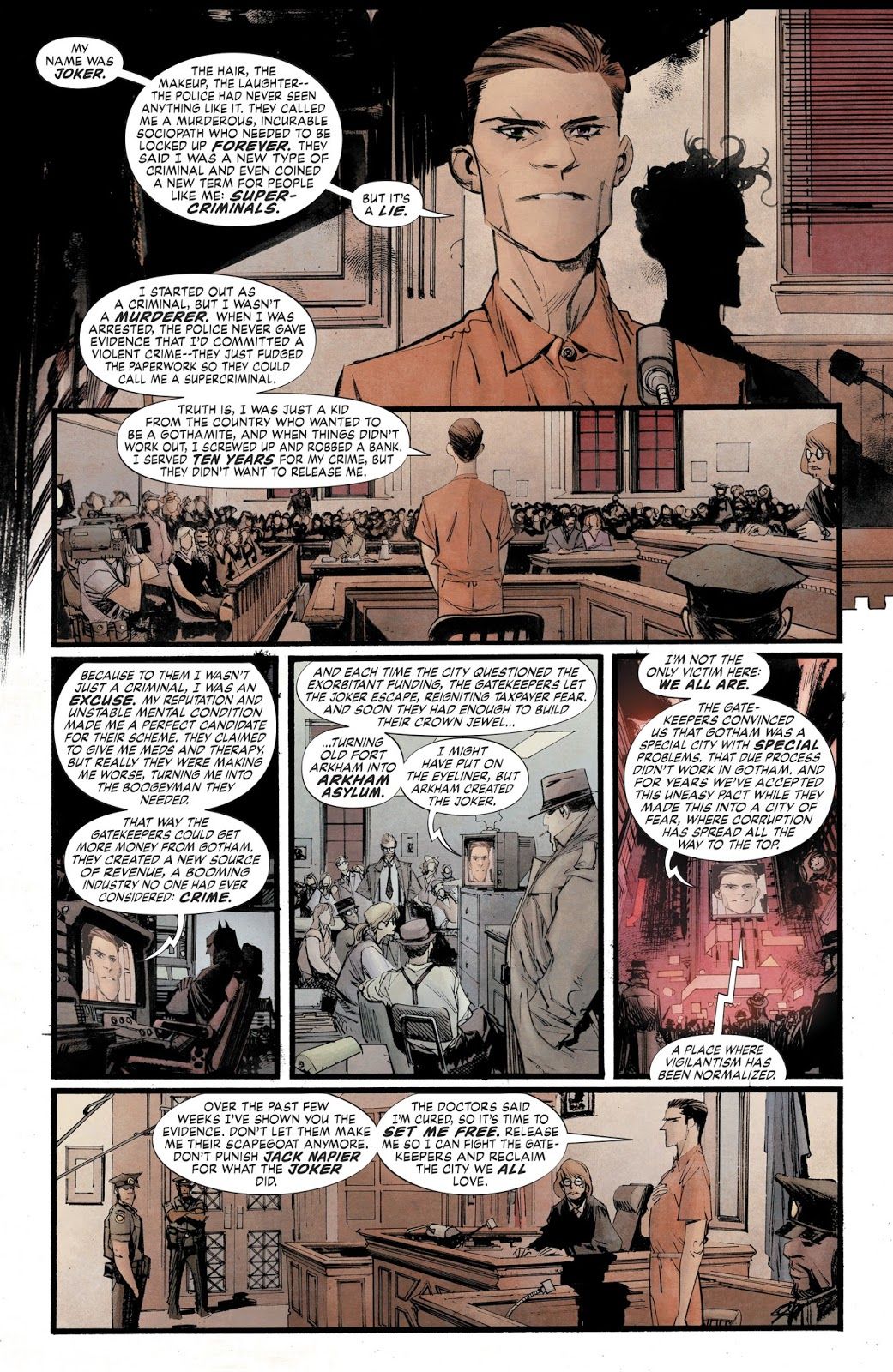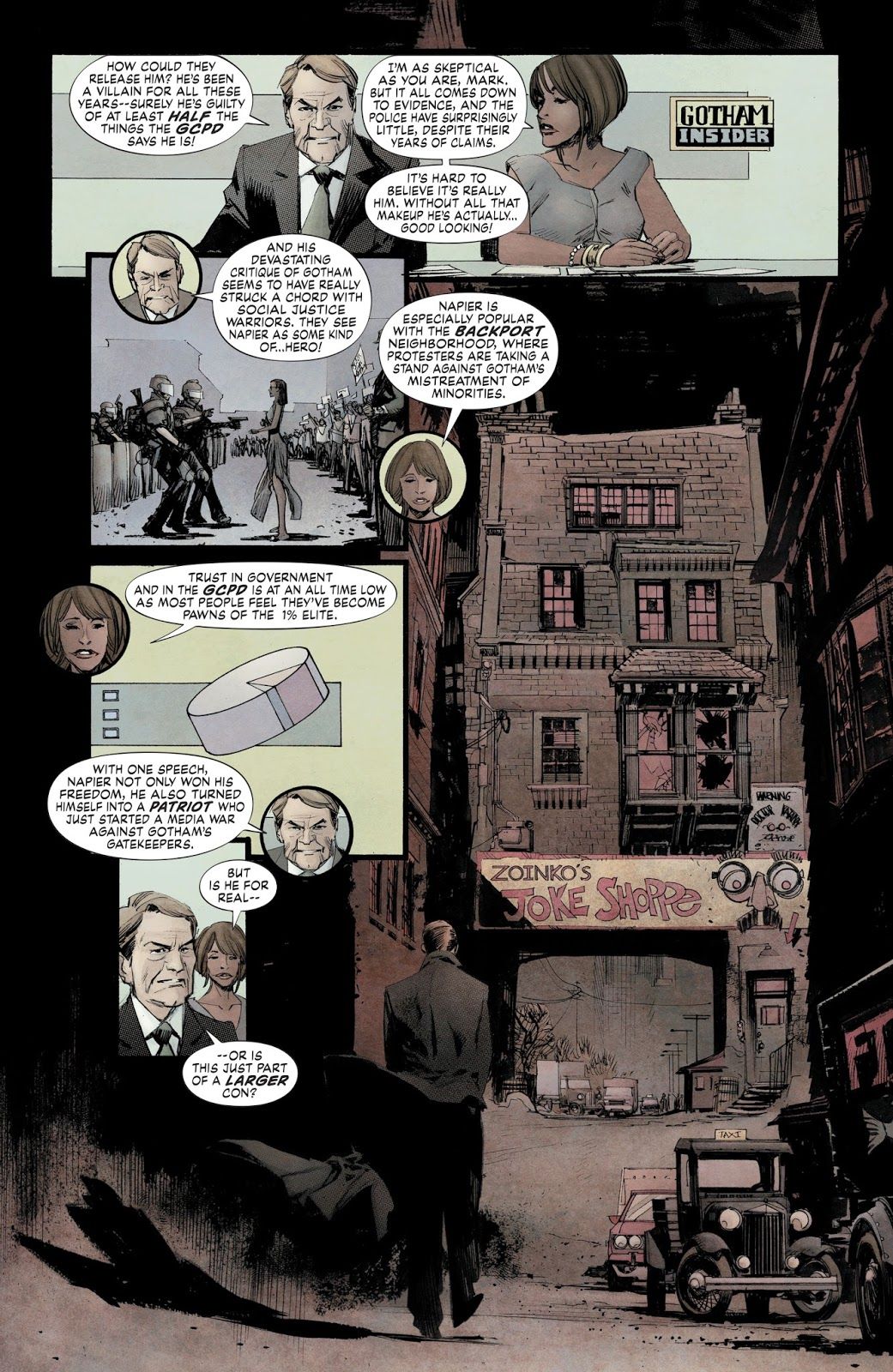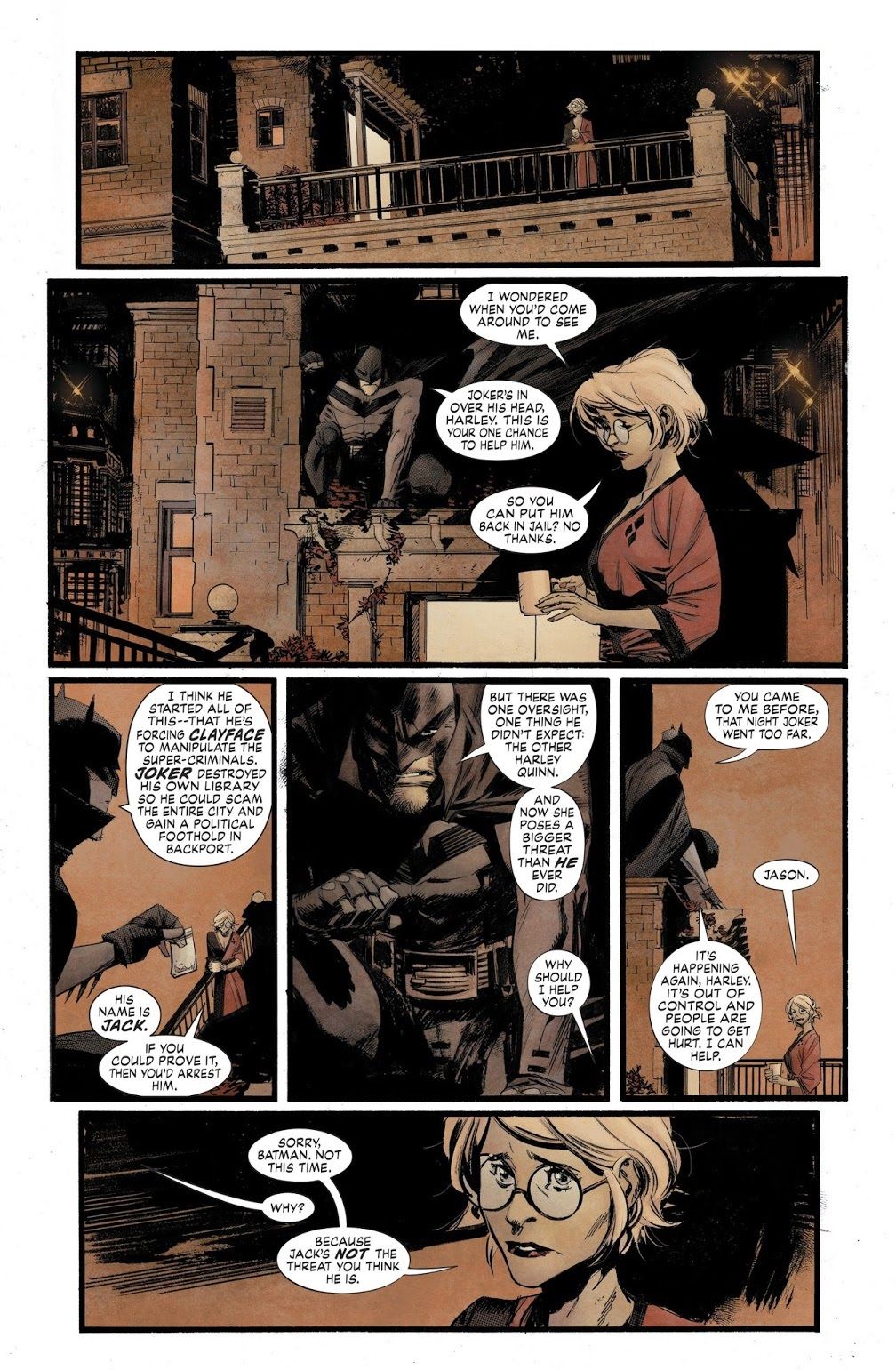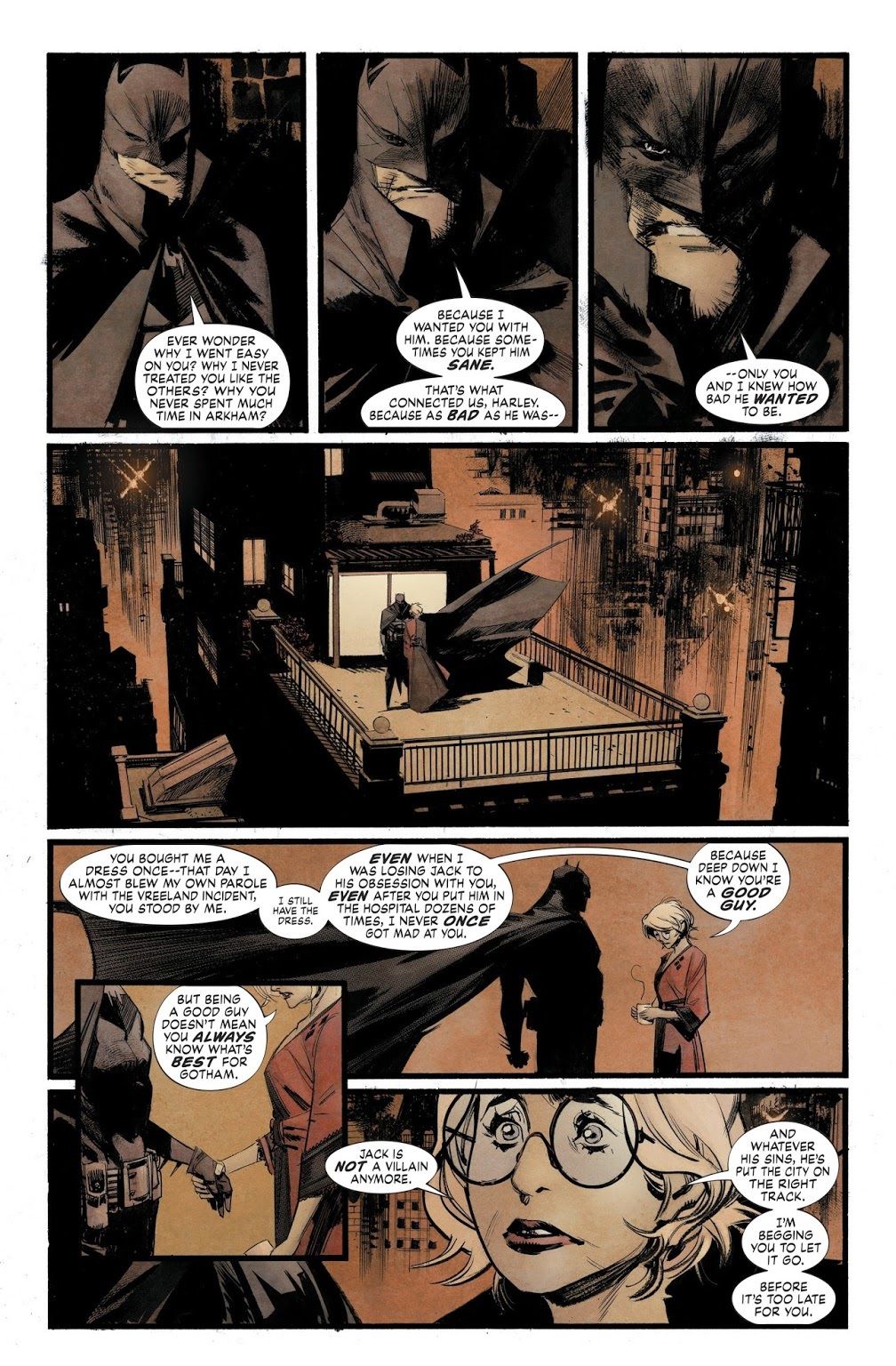You voted and we continue with the results for your picks for the top comic books and graphic novels of the 2010s.
85. Scott Pilgrim's Finest Hour
This one is tricky, as it determines whether you count each individual Scott Pilgrim graphic novel by Scott O'Malley as its own distinct book. If you do, then the final book in the six book series, released in 2010, totally counts. If not, then only 1/6 of the books count for the 2010s and thus it really shouldn't be considered a comic of the 2010s. Enough people voted for it that I'm willing to go with the former interpretation.
What is likely the most impressive accomplishment of Bryan Lee O'Malley in the Scott Pilgrim series is not so much the great stories and strong artwork throughout the run, but the sheer uniqueness of the Scott Pilgrim character. He is such an impressively unusual character that stories that just would not work with any other character do work with him. As a result, you get bizarre yet amazing stories like Scott Pilgrim's Finest Hour - an outlandish finale as only Scott Pilgrim could deliver.
As we all know by now, while the "main" plot of the Scott Pilgrim series has been Scott fighting the seven evil ex-boyfriends of his new girlfriend, Ramona Flowers, the real plot has just been the dramas of growing up in the 21st Century.
It's something that Scott and all of his friends have to grapple with, and so does everyone else in the world, they just don't see their problems escalate into over-the-top fight sequences with dazzling displays of sword-fighting and kung fu.
A reoccurring theme within Finest Hour is the idea of memory, or more specifically, dealing with your past.
O'Malley uses the following bit more than a few times in the book to show how good people can be at deluding themselves about their past (note: Scott runs into Knives Chau, the high school student he dated early in the series - she has now turned 18, and Scott, pressured by his friend, Wallace, into pursuing sex, has offered to have casual sex with her now that she has turned 18).
The memory cam is a good bit for a laugh, but it speaks directly to what I was saying about characters avoiding dealing with their past. This is even MORE explicitly stated later in the story when Scott gets into a brawl WITH his past, in the form of "Nega Scott," who Scott figures if he defeats, he'll never have to deal with his painful memories of Ramona leaving him at the end of Volume 5.
Meanwhile, in the return of Envy Adams, we see another side of dealing with one's past. Envy has changed, certainly the most dramatically of any of Scott's acquaintances/ex-girlfriends, and in her changes, she understands the painful/powerful realization that hits people in their 20s and their 30s (and so on and so forth), how there has been an entire journey in their life to get them to the point where they are today, but that journey is only clear to those who have known them the whole ways - to others, it is like that past self never existed. To Envy, then, Scott is a bit of an anchor to a past that she has moved past, but does not want to forget completely.
The "him," by the way, is Gideon Graves, Ramona's last (and most powerful) evil ex-boyfriend. Scott believes Ramona has gone to him when she left Scott, and really, since Ramona's departure, the idea of having to fight Gideon seems so odd (as if she is not his girlfriend, why does he still have to fight her evil exes?), but Scott pushes past the oddness to win Ramona back - even as Gideon makes a bold offer to Scott.
Okay, I don't think it's right to talk about the plot after this - too many twists and turns, I don't want to ruin it for anyone.
However, I can say that O'Malley manages to brilliantly mix together the previous notions of memory and not being able to separate yourself from your past (Gideon, in particular, has a REAL big problem with separating himself from his past girlfriends) along with the idea of not being able to get out of your own head. And really, at the end of the day, the biggest weight holding anyone down on the road to adulthood IS their own head - it just is rarely depicted in the fashion that it is in Scott Pilgrim (as literally being able to enter your, or someone else's, head).
Both Scott and Ramona had to make some pretty heady (literally) discoveries of themselves to get us to the end of the story, but the journey there was filled with spectacle and whimsy that made it an extremely enjoyable tale to follow.
The aftermath of the final battle was a lot of fun, too.
All in all, this ended about as well as you could possibly expect the series to end (I mean, with so many great supporting characters, there's always going to be, like, "Oh man, I wish there was more ___ in this book" but what can you do? That's the price you pay with having so many great characters), and since expectations were so insanely high for this volume, it says a whole lot of O'Malley's talent that he was able to pull it all off
84. Here
This one is also a bit tricky, in that Richard McGuire originally debuted the concept behind Here as a six-page comic book story in an issue of Raw in 1989. Decades later, he took that idea and then made it as a graphic novel. I don't think that that disqualifies this book from being considered an original comic book in the 2010s. It's the CONCEPT that is being used again, not the actual original comic book pages. The original pages have become some of the most discussed and taught sequential pages in the history of comics, but they're not literally translated into the more recent book, just the idea itself.
Anyhow, the idea of the comic is a breathtaking idea - just draw one single spot, throughout time itself. Pick a corner of a room and just depict that same spot at different points in time. Sometime there was no house there. Sometimes there were people in the room, other times no one. McGuire also mixes in the time periods so that you have a scene from 1970 in one part of the room and 1940 in another part of the room. Stuff like that.
That's a really clever idea, right?
As you can see, you can read the book in an almost completely different order each time. You can go chronological, you can pick a specific room, whatever you want, you can do. In fact, before it was clearly going to be too expensive to try it, they were considering having every copy of the Here graphic novel come with the pages in different order. There is an online "interactive" edition that actually allows you to order the book in different ways.
It's really one of the most remarkably simple and yet expansive idea.
83. Kim & Kim
Magdalene Visaggio, Eva Cabrera and Claudia Aguirre introduced the world to Kim & Kim in 2016 in the initial miniseries starring the interstellar bounty hunters, Kim Dantzler and Kim Quatro. Dantzler comes from a family of necromancers, while Quatro's father runs the universe's most powerful bounty hunting organization. Quatro just fell out with her dad when he couldn't handle her transition and now he is as big of a thorn in their side as any of the bounties that they have to collect.
This initial story arc involves the two Kims trying to help a being from another dimension return to his home, even as they have to travel through different dimensions to get there (including the land of the dead). The action is rapid fire and the humor game is on fire, like in this sequence where they are besieged by a robotic gorilla...
It's amazing how well Cabrera and Aguirre are able to handle the outlandish stuff that Visaggio comes up for them to draw, as you literally can not predict what will happen from page to page as there are often jump cuts that take you spiraling from one crazed situation to another one and that's not even counting some of the flashback sequences in the book!
Still, the biggest thing that the book has going for it is its HEART, as the emotional impact of the situation comes crashing down on both Kims and the shapeshifter that they're helping out...
It's a powerful, fun, punk, queer, sci-fi misadventure and it is a wonderfully entertaining ride, with twists and turns that I doubt anyone will fully be able to predict.
82. God Country
This epic miniseries by Donny Cates, Geoff Shaw and Jason Wordie revolves around a simple, but powerful conceit. What if a regular human being suddenly received a weapon that made him effectively a god? In this case, the powerful sword known as Valofax has ended up in the possession of Emmett Quinlan, an old man whose mind has been wracked by dementia for many years, essentially missing his son's adulthood. Now, the sword has made Emmett basically a god, but has also cleared his mind and body and Emmett gets to meet his granddaughter for the first time...
However, as happy as this occasion is to Roy Quinlan and his wife and daughter, this weapon did not just show up on Earth for no reason. There are some powerful gods who want the weapon for themselves and they have no problem with destroying Texas in the process of recovering Valofax.
Geoff Shaw and Jason Wordie draw the most magical battles that you could imagine, as Emmett battles his way through hell and into the ultimate dimension. The fascinating thing about this all is that it is not really a story about a man becoming a god so much as it is a man becoming a story. It's such a powerful epic that it comes as no surprise that it is being developed as a film as it would translate to the silver screen easily, as it is widespread action at its finest, with a beautiful heart to center it all.
In some ways, this is the series that everyone saw Cates hit a level where it was like, "Okay, here, you are awesome. Write all of our comic books."
81. Batman: White Knight
At the heart of Batman: White Knight, by writer/artist Sean Gordon Murphy (with colors by the brilliant Matt Hollingsworth), is the question of what it means to be a "good guy." In the opening of the series, Gotham City has been ravaged by years of battles between Batman and his Rogues Gallery. Due to a special drug, the Joker has finally been cured of his insanity and now, as plain old Jack Napier, he is a free man due to questions about police brutality (about the whole "letting Batman just beat the hell out of him" deal) and Jack now wants to be the true hero of Gotham City by running for City Council and trying to fix things from within the system...
Batman, of course, believes that this is all a scam and he is intent on bringing Napier down, even as those around him realize that Batman might be further gone than he believes. There is an excellent sequence in the middle of the series where Batman confronts Harleen Quinzel about Napier and she explains that Batman might be causing more problems that he even realizes, all in the pursuit of being a nominal "good guy"...
Murphy explores a lot of the same ideas that drove Marvel's iconic Civil War, the concept of whether superheroes are more of a danger to the public than they'd like to believe, but also, Murphy touches on some very topical issues of the 1% taking advantage of the 99%. Batman has to do some major soul searching when he realizes that perhaps a billionaire playboy isn't the most in touch person in the world to actually deal with society's problems and it is possible that someone like Jack might actually be the better solution...if outside forces will let Jack pull it off, of course.

